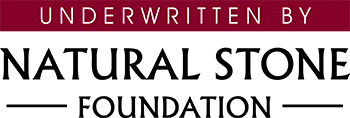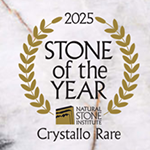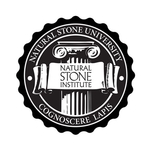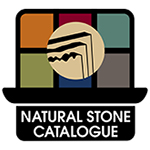ISO TC 327: Everything You Need to Know
What is the ultimate goal of this initiative?
ISO Technical Committee 327 on Natural Stones is working to create a uniform set of standards for natural stone for members of ISO in over 150 countries. The committee currently has 13 global participating members (Belgium, Brazil, Colombia, Finland, France, Germany, India, Italy, Russian Federation, Spain, Sweden, United Kingdom, and United States), with another 10 national standards bodies observing.
Why will a global standard for natural stone be beneficial?
Natural stones are products which are uniquely specific to the quarry from which they were extracted. As such, natural stone products are routinely traded globally as the availability of a particular variety is exclusive to a particular quarry source. Additionally, the fabrication and/or other value-added refinements of the products oftentimes occurs in a country other than the country of origin or final destination. A global standard governing the properties and usage of the product will clarify which of the multiple existing standards shall govern when natural stone is traded internationally. Because of ambiguities as to jurisdiction of existing standards, a global, consensus-based standardization will provide clarity.
Why is this important to the natural stone industry?
The creation of an ISO standard will create a globally uniform set of standards, nomenclature for stone, and acceptable terms of business. ISO standards will become an important unified global tool to help protect users, individual companies, and the industry at large.
The natural stone industry is truly a global industry. We know that there are often projects where the quarry source, fabrication process, and installation are occurring in different countries—or even on different continents. Having unified standards through ISO will give all parties a common ground and help eliminate confusion. This is an exciting time for the industry!
Why is this important to individual stone companies?
To put it simply, there will be three main benefits to individual stone companies.
- This will provide a single global standard that will be used as a governing guide that all stone companies can refer to regarding all things natural stone.
- This will alleviate misunderstandings and miscommunications for all parties involved.
- This will save individual companies money by cutting costs through improved systems and procedures for projects both large and small.
Think of it this way. Standards serve as a tool for mutual understanding about requirements and responsibilities. Standards help cut costs by improved systems and procedures. When the occasional problem arises on a stone project, you can refer back to those standards for reference to assist in resolving the issue (whether it becomes a legal issue or not).
What is the scope of ISO TC 327?
ISO TC 327 is focused solely on natural stones—a separate TC will be designated for agglomerate products, such as engineered quartz.
TC 327 will be focused on the standardization of definitions, requirements, and test methods for the following:
- Rough blocks
- Slabs
- Semi-finished and finished products
For the following uses in both interior and exterior applications:
- Flooring/pavement
- Stairs
- Wall veneer/cladding
- Countertops
- Other uses
This standardization includes requirements for dimensions and tolerances, standards and test methods for physical properties, mechanical properties, petrography, performance of attachments, durability, degradation due to environmental influences, and attachment methods.
How long is this going to take?
Timing varies, but we anticipate that it will take up to three years to create the initial standard, with annual maintenance thereafter. Chuck Muehlbauer has accepted a five-year term as chair of this technical committee, so he will be serving through 2025.
What is the Natural Stone Institute’s role in all of this?
The Natural Stone Institute is one of the main organizations driving the process of creating this standard. We are working alongside ANSI, the official secretariat of this initiative.
What publications will be used to create this standard?
Over 150 technical documents from ISO member countries will be considered and/or incorporated into this new standard. We expect that significant content from our Dimension Stone Design Manual (DSDM) will be included, as well as excerpts from our Natural Stone Supplier-to-Buyer Manual, which is a companion to the DSDM that offers best practices for domestic and international suppliers and buyers of natural stone addressing sales transactions and common misunderstandings.
How much is this going to cost? Where is the money coming from?
This will cost approximately $220,000 USD annually. A portion of these costs are being underwritten by the Natural Stone Foundation. Members are encouraged to make a contribution to the Foundation to get behind this important initiative.













